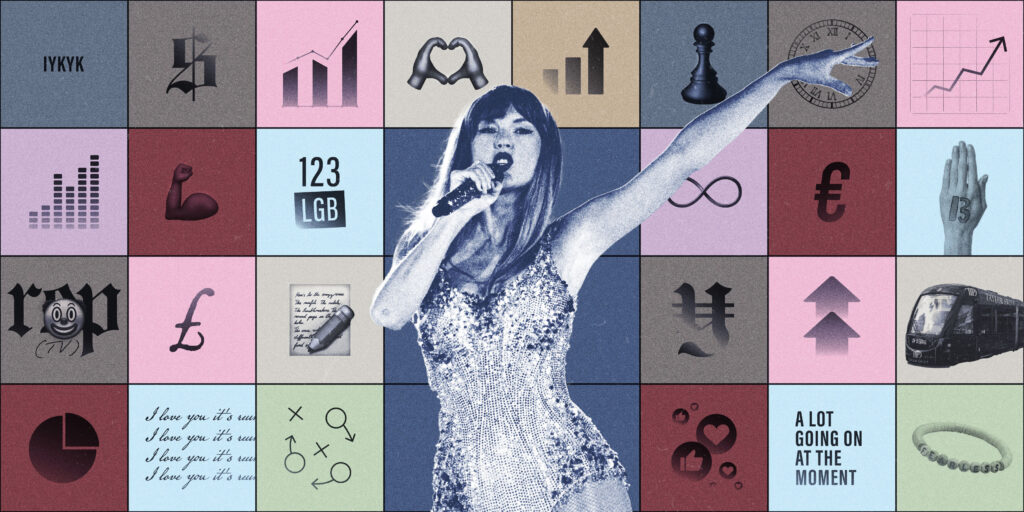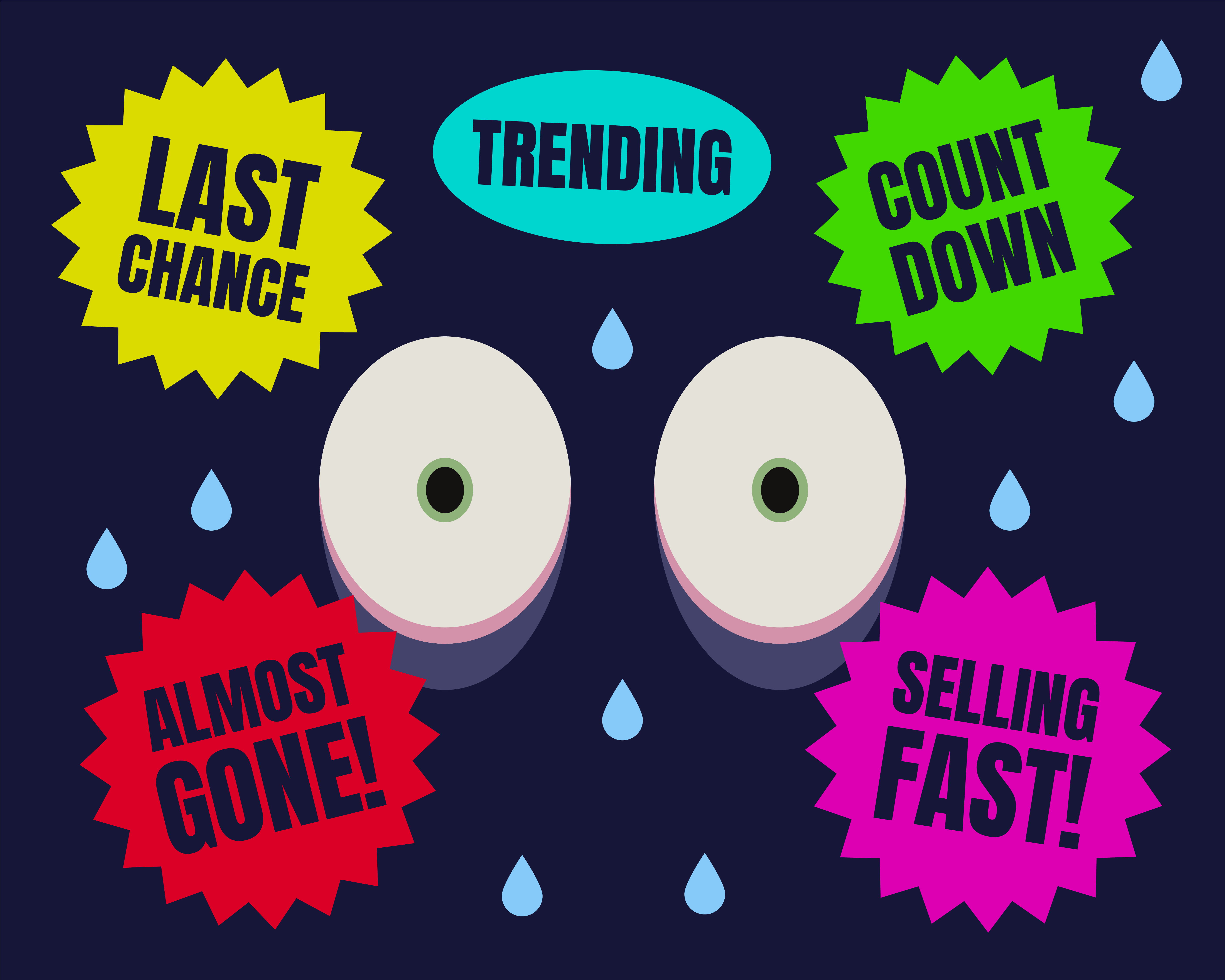
In December, Taylor Swift will bring the curtain down on the era of Eras, concluding the most profitable music tour of all time, netting her a cool estimated $4.1 billion. A new word, Swiftonomics, has even been coined to highlight the financial benefit to the cities where the Eras Tour stops, as they see a correlated boom to the country’s economy during that period. Anyone who was in Edinburgh the weekend she was in town will have seen Eras-themed menus, drinks lists, and events designed for Taylor’s fans, who were expected to spend up to £76.5 million over the weekend. In fact, Barclay’s estimate there will be £1 billion added to the UK economy thanks to the 15 dates of the Eras Tour here.
Her Tokyo dates were estimated to add £179 million to the Japanese economy, the Mexico city dates brought spending of £46 million. In May, the spike in hotel room costs from her Lisbon dates even led to an increase in inflation which economists euphemistically said was caused by “a major cultural event”.
With impact like this, it’s no wonder that, keen to get in on the economic boost, Justin Trudeau even personally tweeted Taylor to ask her to bring the tour to Canada.
Meanwhile, a whole parasocial culture has popped up around the Eras Tour; TikTokers who create daily content telling us which outfit she wore the night before, what the surprise songs were, what was spotted that may hint to the reveal of Reputation TV (Taylor’s Version – if you know you know). Her dancers have become stars in their own right with their own fanbases. Kam, for example, now has 720K followers on Instagram.
Swift has been a star for years, but over the last two, she’s become a global mono-culture (appealing to markets from Singapore to Sweden) many thought we’d never see again in this digital age. Her fan base is unprecedented in size and commitment. So how has she done it, and are there lessons for marketers?
She reinvents herself
A common theme for global superstars is how they adapt and move their image and music with the times, keeping themselves relevant as they go through their own life changes.
Each era of Taylor Swift has iconic looks and moments that fans can dress up as. Think of Taylor as the parent brand and the Eras as sub-brands, each with its nuanced tone of voice and visual look and feel (for instance, Lover’s pastels and sequins and Reputation’s snakes and jumpsuits).
Taylor knows that authenticity is key, so rather than continue to play the character we want her to be, she changes as she lives through her life and takes her fans on the journey with her.
She owns the narrative
Taylor froze when Kanye West interrupted her at the 2009 VMAs, but in time she turned her moment of humiliation into triumph. She released the album Reputation, which showcased a new style and flipped the narrative on its head.
With the release of The Tortured Poets Department album, she did it again, laying bare her relationship with Matty Healy, which combusted last year. She was angry, so channelled that into the album, and exorcised those demons through it.
In a world where everyone has a personal channel to tell their story, Taylor teaches us to own your story, turn challenges into opportunities, and control the narrative to shape public perception.
She’s been very careful about the issues she does and doesn’t speak out about, she rarely talks politics – part of a long-running strategy to try and maintain a politically diverse audience. This strategy seems mostly to have worked, although some fans do express frustration that she won’t use her global platform to draw attention to issues they feel she should speak up on.
She overdelivers
She backs all her PR with substantive work. With 12 albums in 16 years, her prolific output keeps her fans engaged and craving more. Her music and lyrics truly connect with her audience.
She thinks things through to an almost unhinged level, planting Easter eggs for her fans who obsessively trawl every word and image she chooses for hidden messages.
Two hours after she released The Tortured Poets Department, the Swiftesphere went into meltdown as she released an additional 15 songs making it a double album. With every Taylor’s Version she releases, she’ll include new tracks from the vault.
There’s a lot to love in this strategy of surprise and delight – and marketers can use it to create buzz and excitement. Special offers, exclusive content and new features can impact customer loyalty and can create brand advocates.
Does she always get it right?
The main criticism of Taylor is her relentless monetisation of her fan base, her most recent album had 19 physical variants – her most committed fans have such fear of missing out that they’ll buy multiple versions. She also sold access to voice notes of early recordings of songs. Each time she does this, comments on social media are dominated by irritated fans and people accusing her of being out of touch, greedy and encouraging overconsumption. So a note of caution, building a fan base and advocates for your brand is a long journey, but a quick one to undo especially when people sniff the hint of greed at their expense.
So what can we learn?
Taylor Swift's journey from popstar to global icon offers some great lessons for marketers.
She's mastered the art of controlling her story, always delivering more than expected, and constantly reinventing herself to stay relevant and connected with her fans.
Her surprise releases and hidden messages keep her audience engaged and excited. Plus, her ability to adapt and change with each new phase of her life keeps her on top in the ever-changing world of pop culture.
We can all take a page from her book: take the time to tell your story strategically, always aim to exceed expectations, and keep reinventing yourself to build a loyal and engaged customer base to achieve lasting success.
In the words of Taylor in her song Mastermind, “If you fail to plan, you plan to fail. Strategy sets the scene for the tale.”




